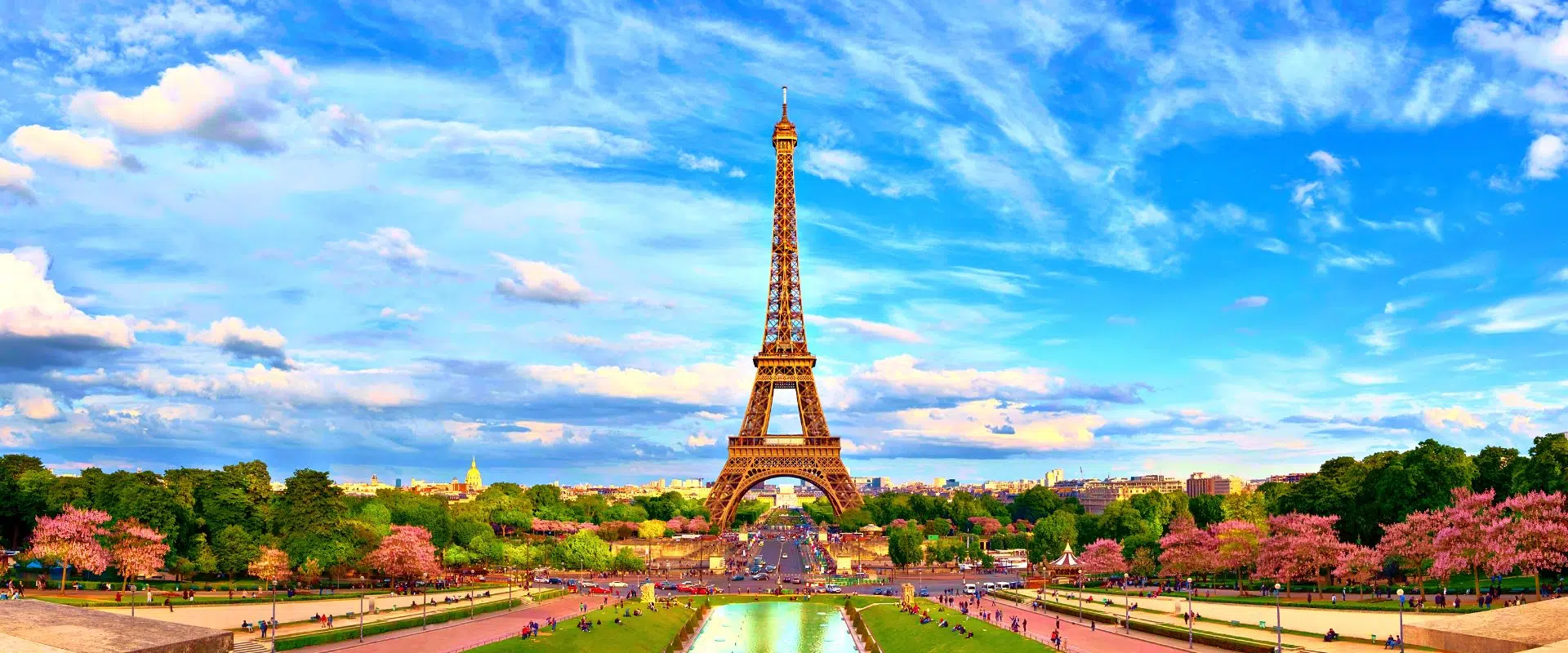
How to Get Around in France by Train, Plane, Bus or Car
Over 100+ hours of expert travel research on France, now presented to you in a short and easily digestible format for Free. Bookmark and save this page for future reference and updates.
Getting Around France
-
🚄
Most popular: The train system in France, operated by SNCF, is one of the most extensive and efficient in Europe. It connects major cities like Paris, Lyon, Marseille, and Bordeaux with high-speed TGV trains, and regional areas with TER trains.
-
💰
Cost-effective: For budget-friendly options, consider long-distance buses operated by companies like Ouibus or FlixBus. They offer a cheaper alternative to trains, connecting various cities across France and Europe.
-
⏱️
Time-efficient: For long distances, domestic flights can save time. Air France and EasyJet operate numerous routes within France, connecting cities like Paris, Nice, and Toulouse quickly.
-
🚦
Traffic safety: French road signs follow international standards. However, it's advisable to familiarize yourself with local traffic rules, such as 'priorité à droite' (priority to the right). GPS can be helpful for speed limits and navigation.
-
🚶
Important: Pedestrian crossings are well-marked, and jaywalking is frowned upon. Always cross at designated spots to avoid fines.
-
⚠️
Warning: In Paris, and some other cities, it's illegal to turn right on a red light unless a specific sign permits it.
🚗 Car
- French drivers generally adhere to traffic rules. Speed limits are typically 50 km/h in cities and up to 130 km/h on toll highways (autoroutes).
- Whenever you sneeze, you should follow it by saying 'excuse me' and Canadians will most likely answer 'bless you' as a sign of sympathy.
- The legal blood alcohol concentration (BAC) limit is 0.05, lower than in many countries. Strict penalties are enforced for DUI.
- In France, you drive on the right-hand side of the road.
- To rent a car, you usually need to be at least 21 years old and have held a driver's license for a minimum of one year. Additional fees may apply for drivers under 25.
- At roundabouts, drivers already in the circle have the right of way. At intersections without traffic signals, priority is given to the right unless otherwise marked.
🚕 Taxi
- Taxis accept payments by cash, credit, or debit card. Starting fares vary by city, with additional charges based on distance and time.
- Ride-hailing apps like Uber are also widely used, especially in larger cities.
👍 Hitchhiking
- Hitchhiking isn't very common in France and is generally not recommended, especially on highways and in rural areas.
- If you choose to hitchhike, it's safer to use designated areas like service stations and be cautious.
🚌 Bus
- Intercity buses are a popular and affordable way to travel, especially for routes not served by trains.
- Priority seating is reserved for the elderly, disabled, and pregnant women. Be prepared to offer your seat.
🚆 Train
- SNCF provides extensive rail coverage, with options like TGV (high-speed), Intercités, and TER (regional) trains. Check schedules and book tickets on the SNCF website or app.
- For extensive travel by train, consider rail passes like the Eurail Pass (for non-European residents) or Interrail Pass (for European residents), which can offer unlimited travel on the SNCF network and other benefits.
✈ Plane
- Domestic flights connect major cities and are useful for covering large distances quickly. Major airlines include Air France and EasyJet.
🚲 Bicycle
- Many French cities are bike-friendly, with dedicated lanes and rental schemes. Paris, Strasbourg, and Nantes are particularly well-suited for cycling.
🚇 Metro
- Cities like Paris, Lyon, Marseille, and Toulouse have efficient metro systems, ideal for urban travel.
Travel Tips for France
-
🚜
Rural Transport: In rural areas and small towns, public transport may be limited; renting a car can be a practical choice.
-
🛣️
Toll Roads: Be aware of toll roads (autoroutes) when driving long distances, as fees can accumulate.
-
🚓
Traffic Law Compliance: Police checks for compliance with traffic laws are common; always carry your driving license, IDP (if required), and vehicle documents.
-
🚫
Vehicle Restrictions: Some historic city centers (e.g., Paris, Bordeaux) have restrictions on vehicle access to reduce pollution. Check for 'Low Emission Zones' (Zones à Faibles Émissions).
-
✈️
Airports: France has over 150 airports, with Charles de Gaulle Airport in Paris being the largest.
-
🚗
Driving in Paris: In Paris, avoid driving if possible; parking is scarce and traffic can be dense. Public transportation is a more efficient option.
-
🚍
Public Transportation in Cities: In addition to metros, most French cities have a network of buses and trams, which are convenient for local travel. Tickets are often interchangeable between different types of public transport within the same city.
-
🏍
Scooters and Motorbikes: Renting scooters or motorbikes can be an enjoyable way to explore, especially in cities and coastal areas. Helmets are mandatory.
-
🚶♂️
Walking: Many French cities, especially historic ones, are very walkable. Exploring on foot can be a delightful way to see the sights, particularly in city centers with narrow streets and pedestrian areas.
-
🛥
Ferries: For travel to French islands like Corsica, or coastal cities, ferries can be a scenic and relaxing option.